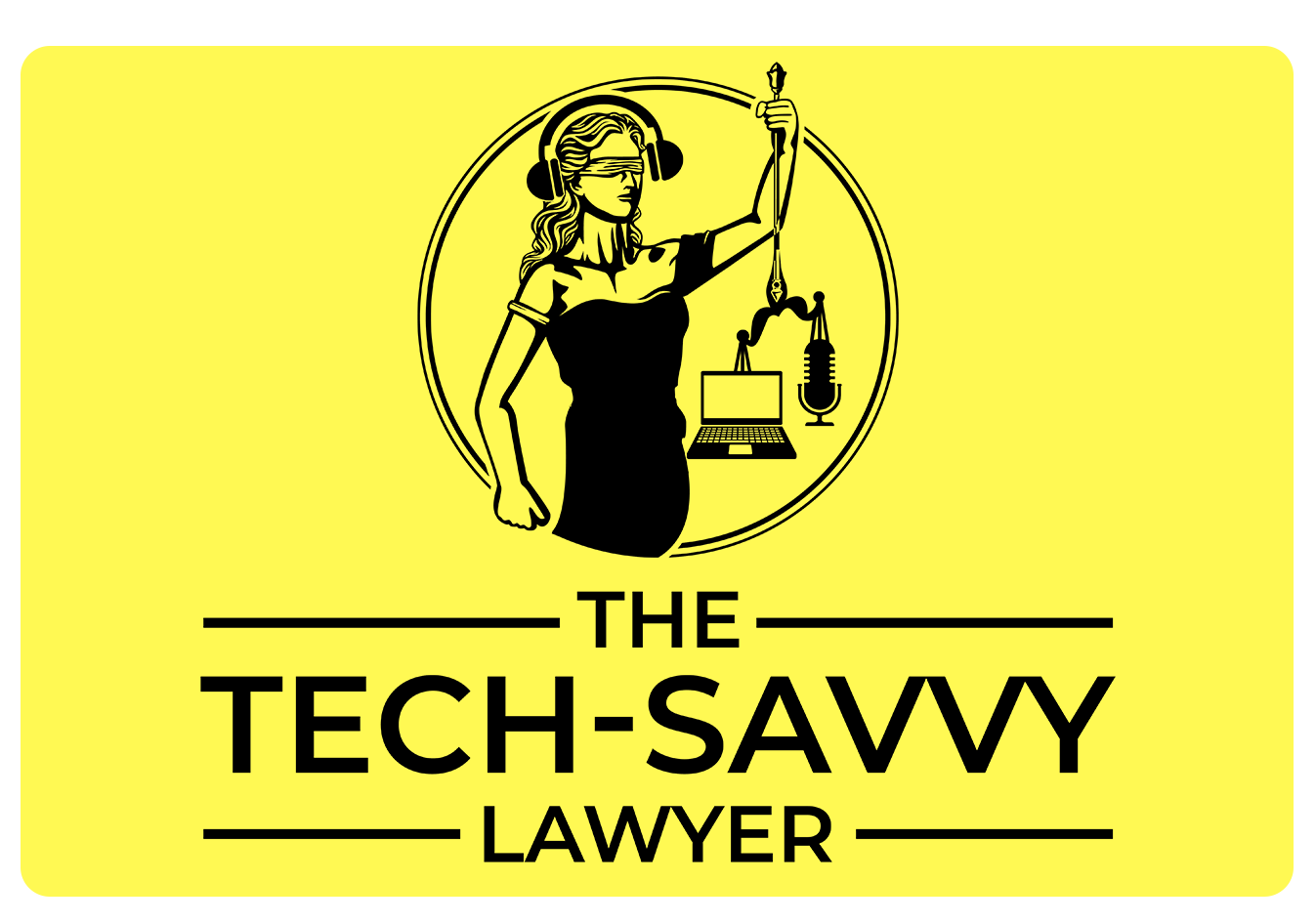BOLO: Locked Out Of Your Apple Account Last Weekend? You're Not Alone!
/Be wary of unsolicted requests to “reset” your password!
Over the past weekend or perhaps on Monday morning, Lawyers who use Apple products may have found themselves locked out of their Apple account. Don't worry, you are not alone.
The internet noted a surge in Apple users being asked to reset their passwords. I was one of them. Instinctively, I was concerned that the request was sort of spam - I hadn't changed my password or done anything I thought may have triggered a rest. This situation is frustrating as you have to go back into the recesses of your mind and ask yourself, "did I make a mistake?" or "am I being hacked?" Then you have to go through a litany of resets not just on your devices but sometimes in some of your application accounts that rely on that password. But why is this happening? 😡
The phenomenon of getting locked out of an Apple account can be as perplexing as it is frustrating for users. This issue, surprisingly common, stems from a variety of reasons rooted in Apple's commitment to safeguarding user privacy and security. Understanding these reasons can provide insights into the complexities of digital security and the measures companies like Apple take to protect user data.
One primary reason users find themselves locked out is due to incorrect password entries. Apple's security protocols are stringent; entering a wrong password multiple times triggers a lockout mechanism designed to protect against unauthorized access attempts. This feature reflects the delicate balance between user convenience and the necessity of securing personal information against potential cyber threats.
Nothing indces panic more than when you are locked out of your account due to a “password reset” issue!!! 😬
Another significant factor contributing to account lockouts is suspicious activity detection. Apple monitors accounts for unusual behavior that could indicate a security breach, such as logging in from an unfamiliar location or device, making unauthorized purchases, or attempting to change sensitive account information without proper authentication. When such activities are detected, Apple may lock the account as a precautionary measure until the rightful owner can verify their identity.
The activation lock feature on iOS devices also plays a crucial role in this context. Designed to deter theft and unauthorized use, this feature requires users to enter their Apple ID and password after resetting an iOS device or attempting to deactivate Find My iPhone. Users who forget their credentials or acquire a second-hand device without having the previous owner remove theirs can find themselves unable to access their device entirely.
Furthermore, outdated or compromised account details contribute significantly to this issue. Users who neglect to update their email addresses or security questions might struggle with recovery options when trying to regain access to their accounts. Similarly, if an Apple ID becomes compromised due to phishing scams or data breaches on other platforms where similar login credentials were used, users might be locked out as part of Apple's response to suspicious account activity.
Lastly, compliance with legal requests can result in account deactivation or restriction. In rare cases where an account is suspected of engaging in illegal activities or violating terms of service, Apple may restrict access pending investigation.
These scenarios underscore the intricate challenges tech companies face in securing user accounts while maintaining ease of use. They highlight not just potential vulnerabilities within digital identities but also reflect broader concerns around privacy, data security, and consumer protection in our increasingly interconnected world.
Despite all of these potential reasons for being locked out, Apple tends to be a bit secretive if the issue is not created by the user. This can be additionally frustrating as a user would like to know what is going on. And I'd like to know that my information is secure (with Apple's known history of privacy and security, it generally is, but nevertheless, I'd like to be sure). It's equally frustrating as at the time of this posting, I am not aware that Apple has released a statement as to what happened.
So, what do you do to regain access to your account. 🧐
Don’t panic when you are asked to reset your password! Think it through and you should be alright! 🤗
Initially, the most straightforward action is to reset your password. Apple provides a streamlined process for this through its official website or directly from your device's settings. Other software service providers have similar protocols - it's always best to go straight to the provider's site or hardware device settings. Clicking on random links or responding to unsolicited message requests is never a good idea. But, once you go through a company's official process, the system will typically ask for some form of identification. This could be answering security questions you set up previously or entering a code sent to a trusted device. This step is designed with user security in mind, ensuring that only the rightful owner can reset the password.
Remember, always be vigilant when you are asked to reset your passwords or need to reset them!
Happy Lawyering!










